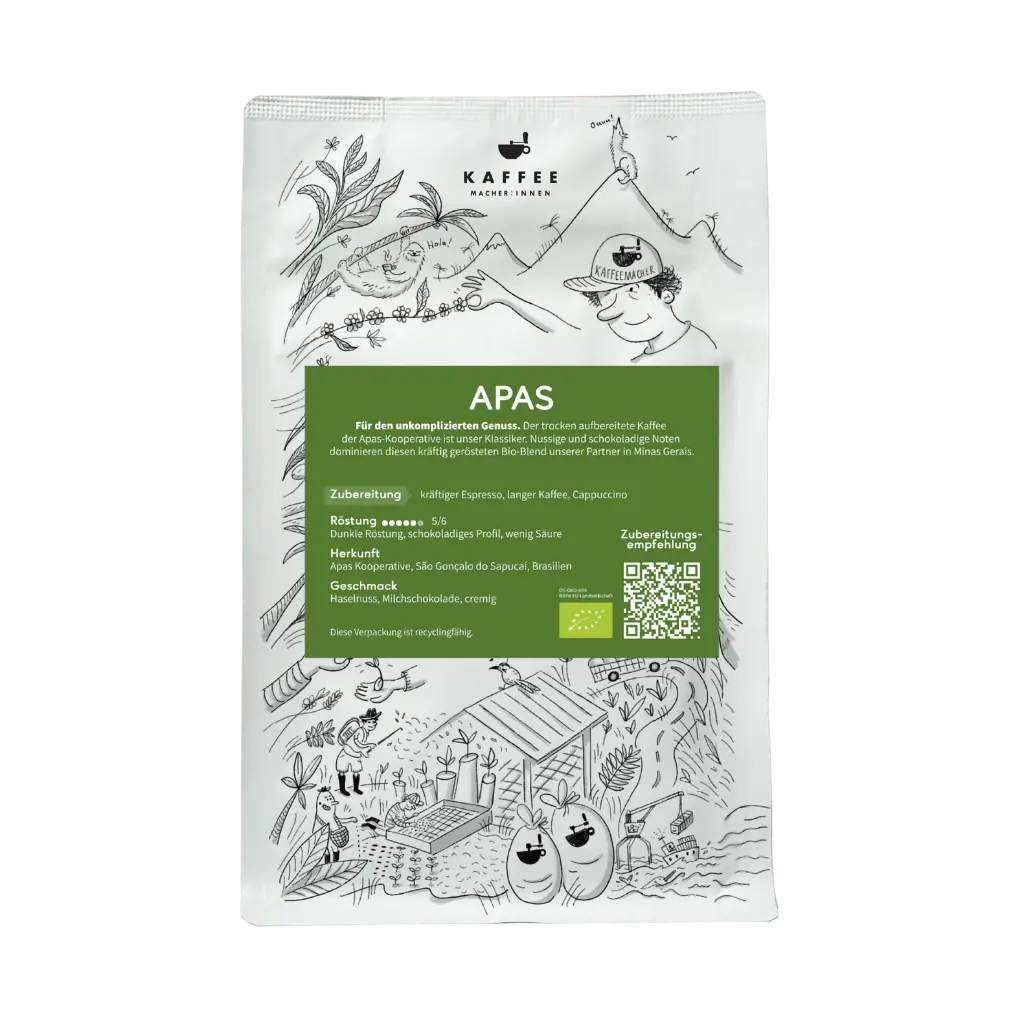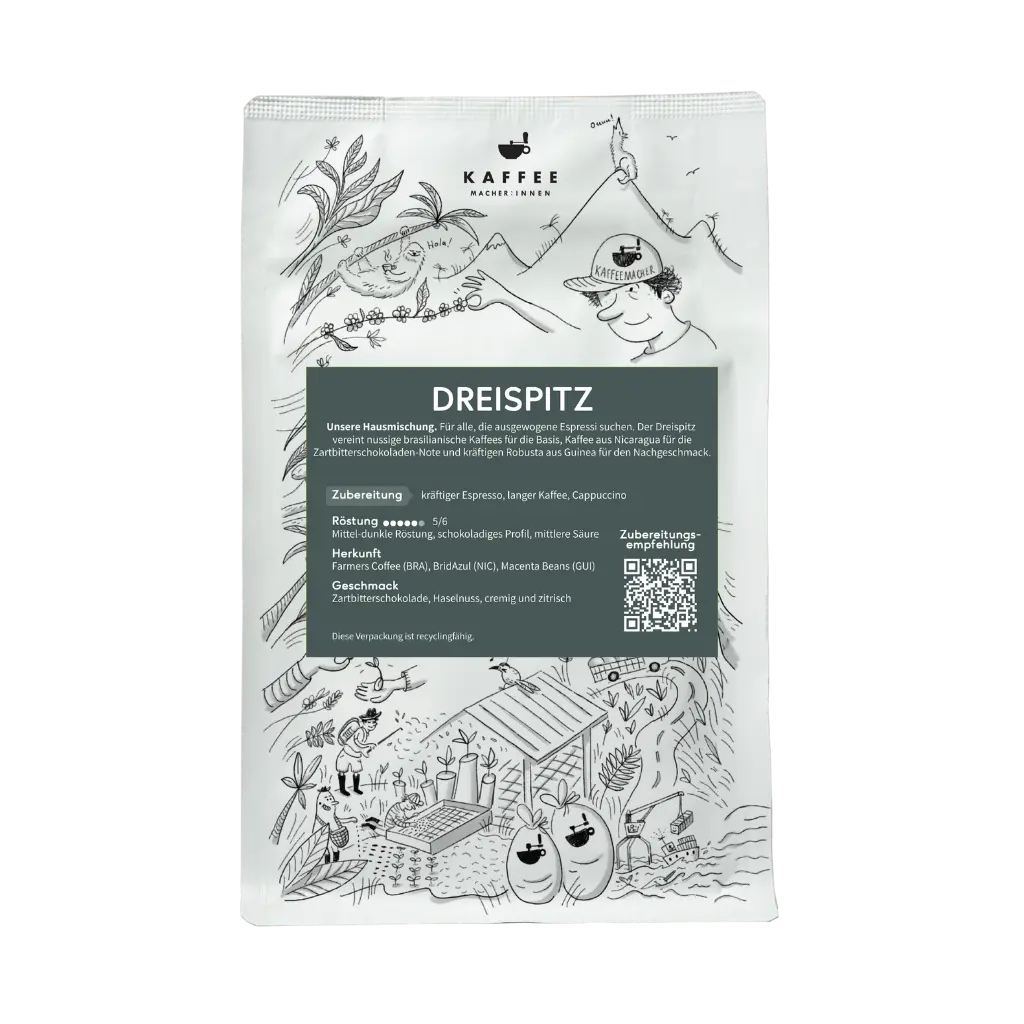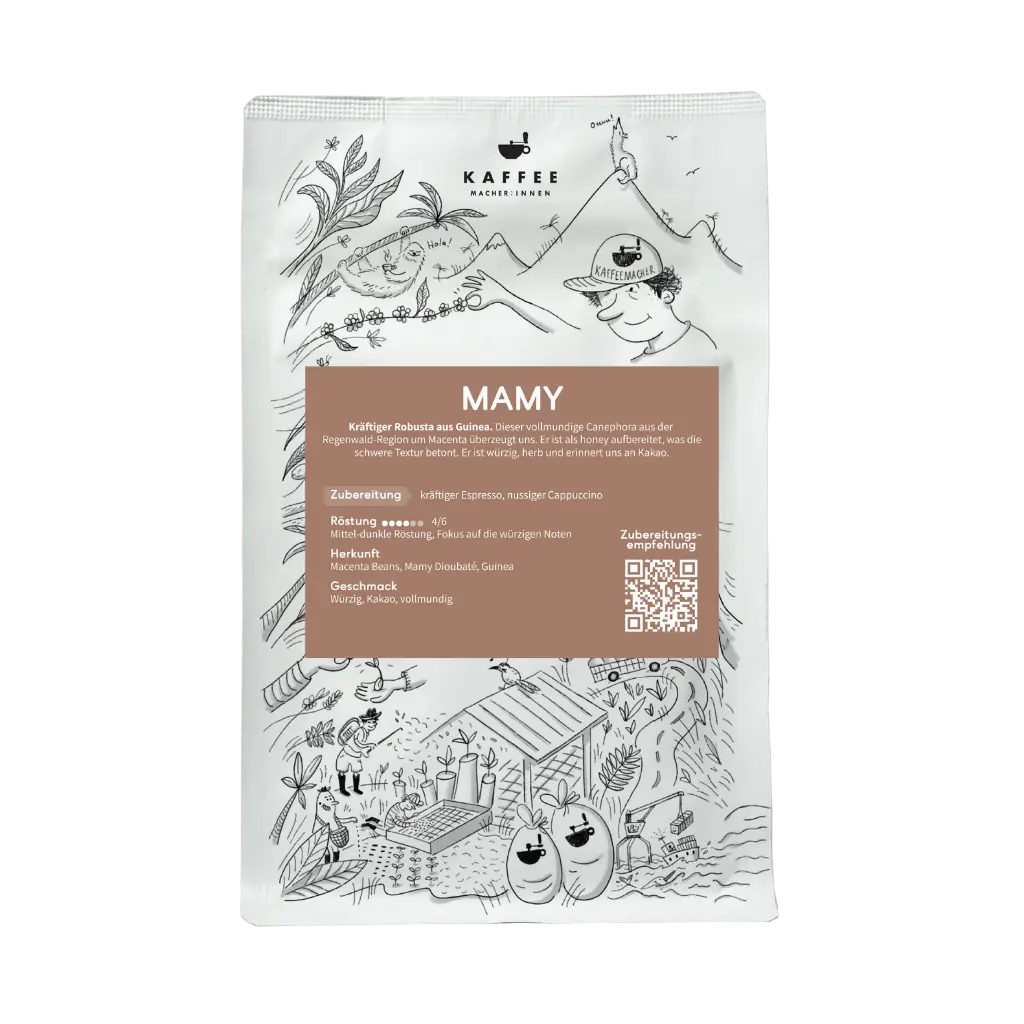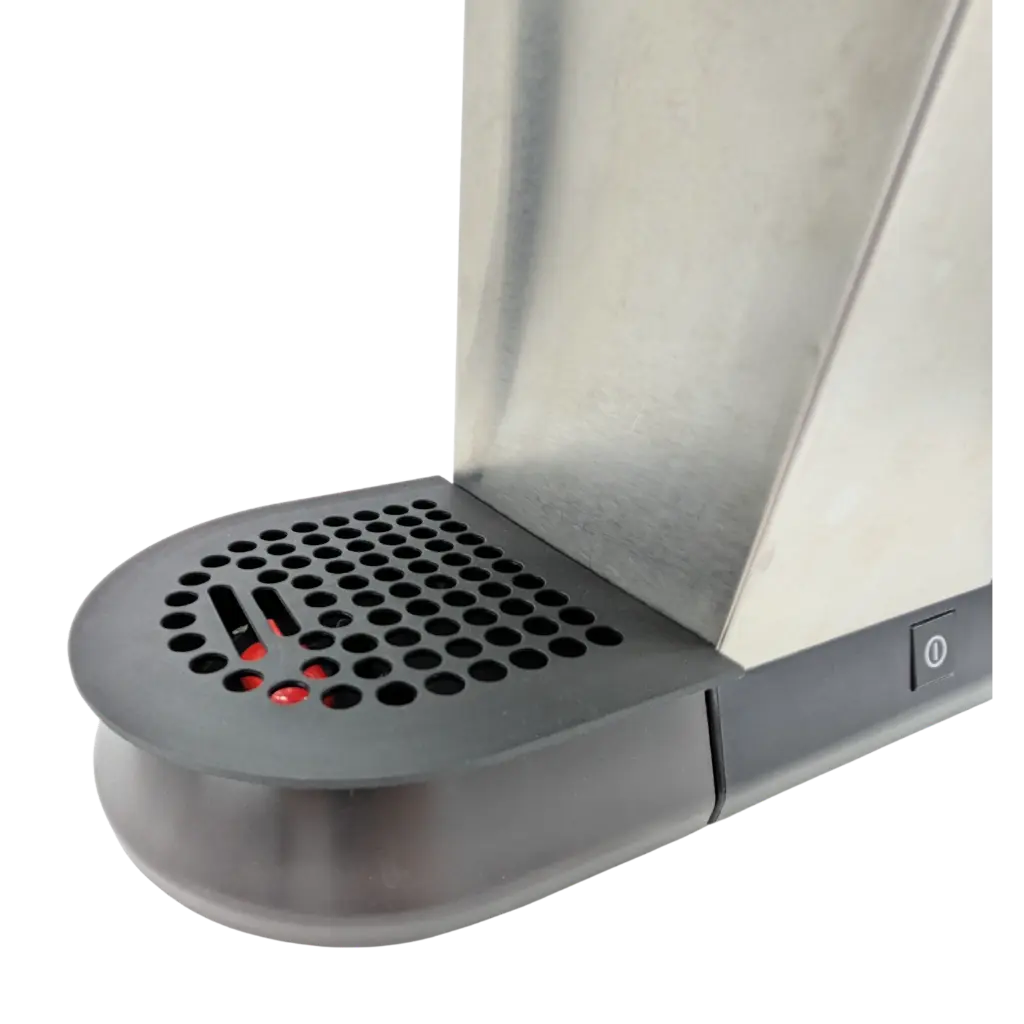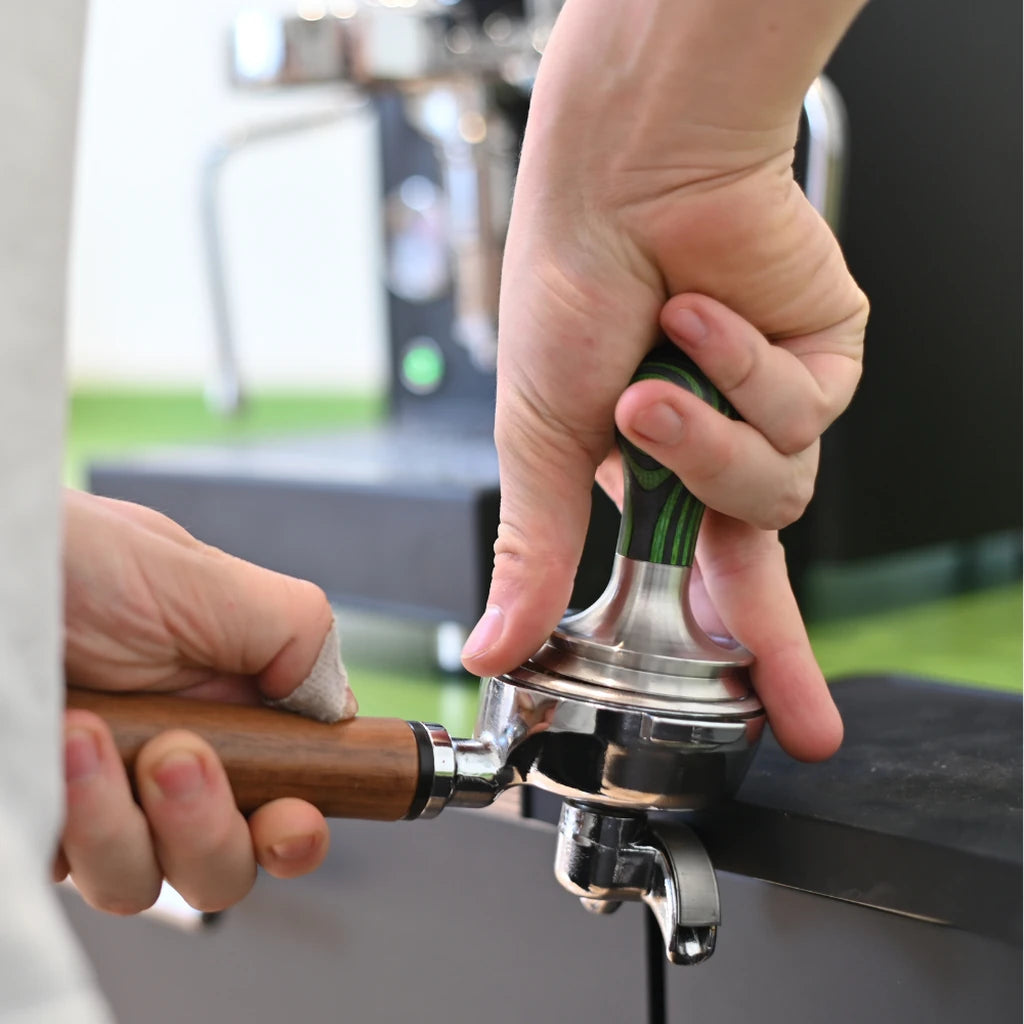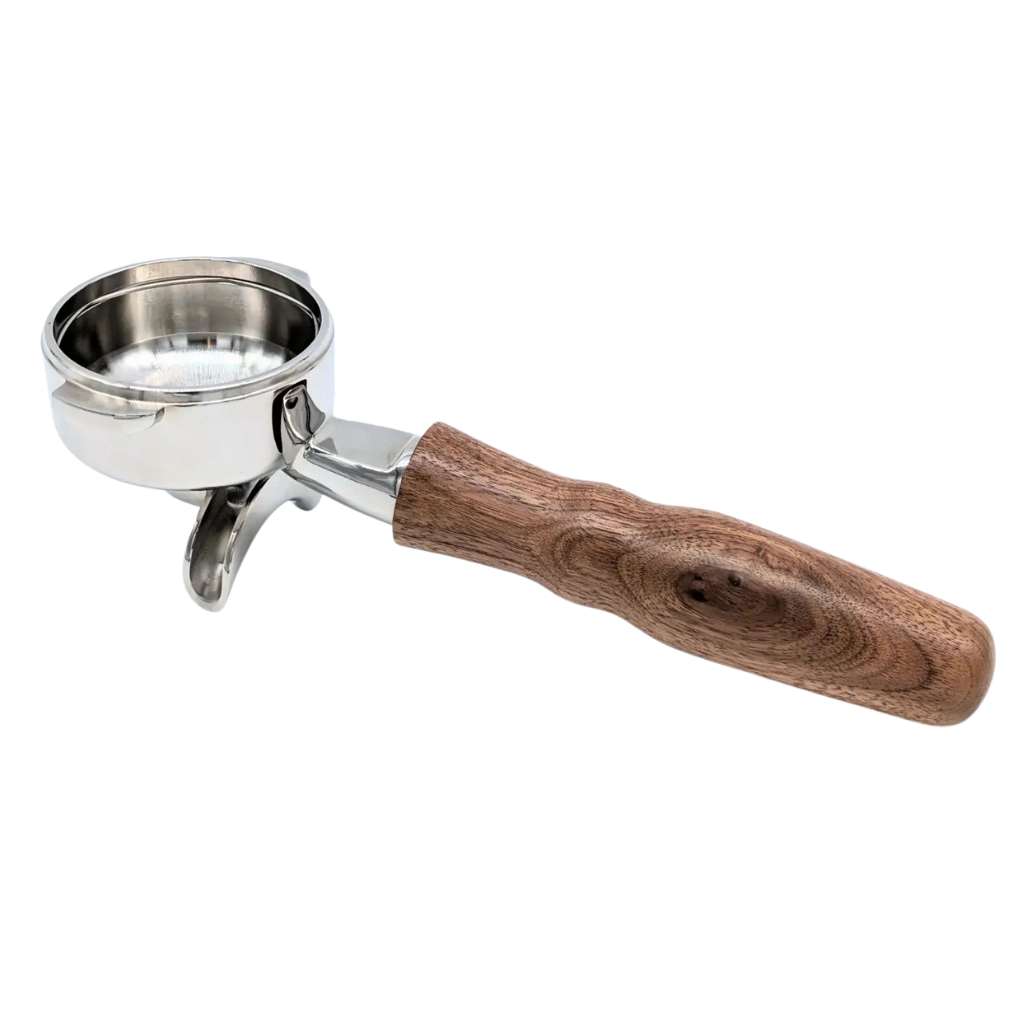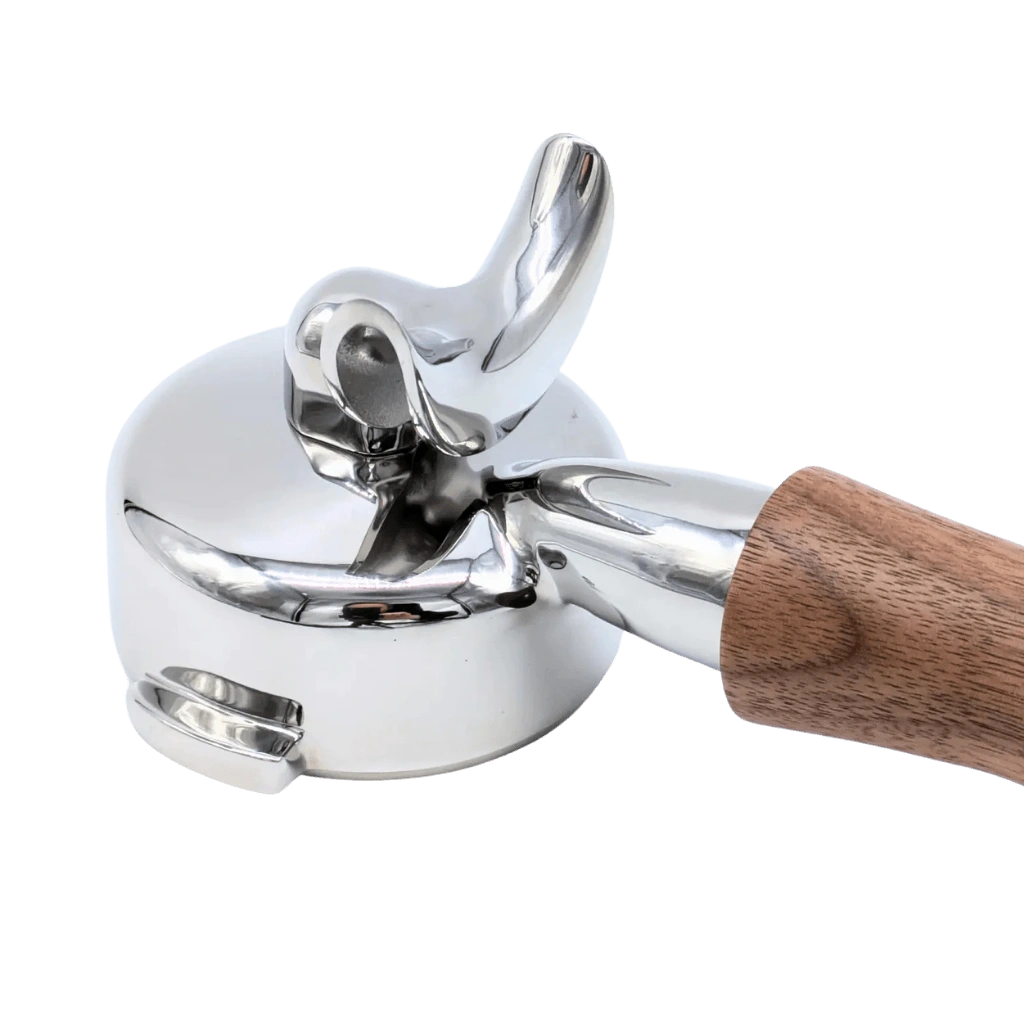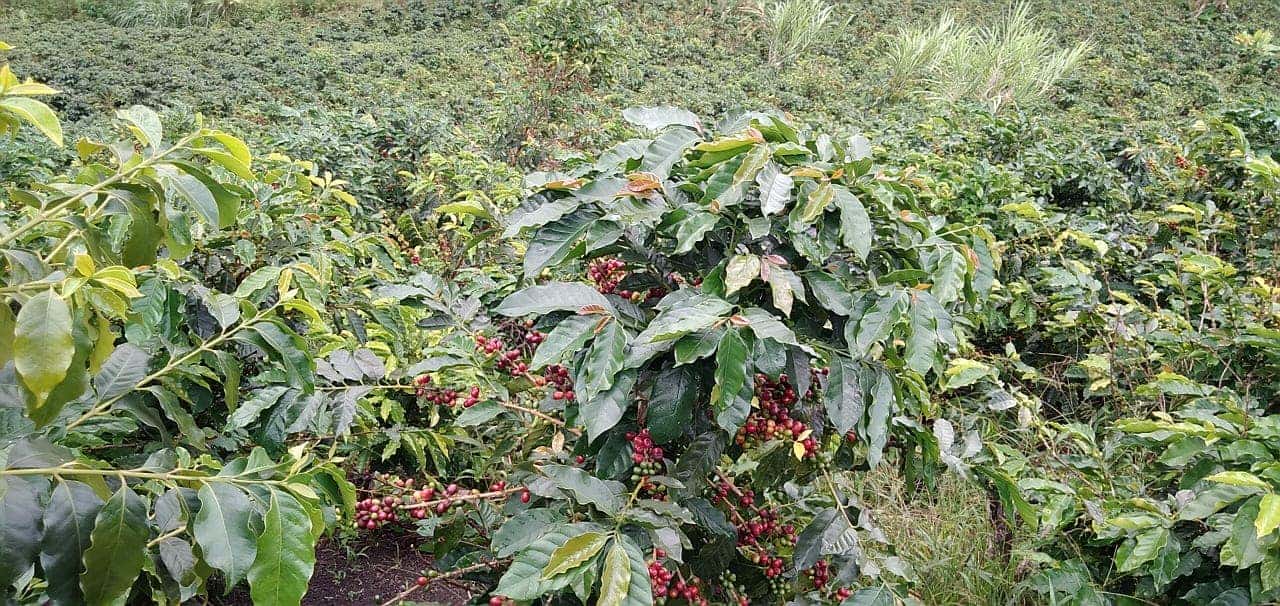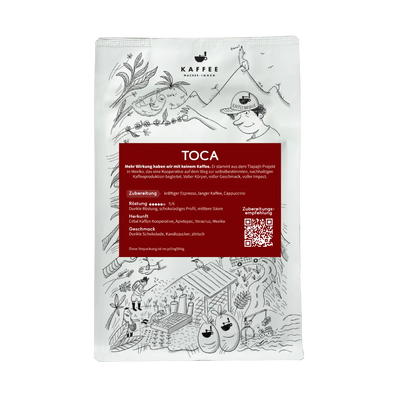A few weeks ago, an article was posted about the inflated use of SCA scoring . The article was interesting to me because, until now, little has been reported on the impact of this scoring system on producer organizations. I've been speaking with representatives of coffee cooperatives about the SCA scoring system for some time, and for years they've been observing a threatening development.
Guest post by Kleber Cruz , green coffee buyer for Gepa. Kleber Cruz regularly writes interesting articles with many insights from his work in cooperatives and coffee-growing countries such as Peru, Mexico, Honduras, and Nicaragua. In the future, we will publish Kleber's articles on kaffeemacher.ch to make the important content accessible to a wider audience. Thank you for your work, Kleber!
Investment by cooperatives in quality improvement of members
Many cooperatives have invested over the years in improving the quality of their members' coffee, achieving quite high standards in the process. Manuel Quiliche of the COPICAFE cooperative in Peru tells me about the efforts his cooperative has made to continually improve its varieties. The cooperative has also built a social base that makes it easier to carry out certain projects, such as joint marketing and processing of the coffee. I hear the same thing from Jinotega, Nicaragua, specifically when I speak with Alvaro Rodriguez (representative of the COASSAN coffee cooperative): "At the end of the 1990s, with the price crisis, a program to identify quality coffee and differentiate it began in Nicaragua. This work was spearheaded and managed by cooperatives; at the time, they had the advantage of already having organized producers; this circumstance greatly facilitated the implementation of this project." Leonid Herrera of Coop Jose Olaya in Peru comments: "Year after year, the cooperatives have introduced new organic farming techniques, offering producers considerable support for this transition, such as access to credit, harvest advances, transport of their products, provision of organic fertilizer, and the renewal of coffee plants, but above all, training seminars." Through this work of the cooperatives, the members of the organizations have been able to significantly improve the quality of their coffee over the years. The work of the cooperatives has been crucial for many producers to achieve a good level of quality. But, as always, this process does not reach all producers.

Importers bypass cooperatives
Some importers have historically purchased coffee directly from cooperatives. These relationships have allowed them to learn more about the work in the fields, better understand the entire production process, and identify the growing zones where good coffee is grown. However, there has been a worrying trend for the cooperatives for some time now: the importers who previously purchased from cooperatives are now going directly to the producers, who have achieved high standards thanks to the cooperatives' work, and purchasing excellent quality coffee (86 + SCA or higher) from them. This is coffee from high-growing zones. Importers pay prices for this coffee that are sometimes over 50% higher than the cooperatives' prices. The cooperatives are left with coffees from low- and middle-growing zones, which are good but fall far short of a score above 86. Hugo Roblero, responsible for exports at his organization, the FEJCEM cooperative in Mexico, also tells me: "Buyers in Mexico come to the most remote communities and buy the best coffees directly from the producers at higher prices that the cooperative cannot compete with. This practice destabilizes us; the farmers are dissatisfied with us, and we lack these extremely good coffees to achieve better prices."
Q-graders on the wrong track
However, the cooperatives are observing another problem: Improving a cooperative's marketing structure also includes further training for its staff, including Q-graders, and equipping coffee laboratories. The cooperatives have invested heavily in this area. These Q-graders are now responsible for coffee quality within the cooperatives. Some of them have discovered a business gap and are dividing the cooperatives. These Q-graders identify the farmers who have good coffee and are dissatisfied with the cooperative, resign from the cooperatives, organize these farmers into parallel companies, sell the high-quality coffee directly to importers or to consumer countries, and obtain good prices.
The problem facing these organizations is that they have invested years in improving their commercial infrastructure and achieving good quality standards. Now they see their marketing opportunities decimated due to these practices. Many cooperatives describe this as unfair.
What prevents cooperatives from acting differently themselves?
However, the legitimate question arises as to why cooperatives cannot compete with these importers of specialty coffee. One point is certainly that change processes in cooperatives are very slow and laborious. Market adjustments take somewhat longer for cooperatives than for other business forms; in my opinion, this is a major problem that cooperatives have not yet properly addressed. Another point is undoubtedly that these organizational structures are sometimes misused for other purposes.
But the current market conditions are also unfavorable for coffee cooperatives: The prices paid for specialty coffees or microlots are decoupled from the market price, while the coffee cooperatives are dependent on the price on the NYSE. Leonid tells me: "The market isn't helping; the price of coffee listed on the NYSE is much lower than the production costs." The costs of inputs and tools have become expensive, and the prices of equipment and infrastructure for organic conversion are constantly rising. Under these conditions, the cooperatives' economic performance is insufficient to compete with importers/buyers of specialty coffees or microlots.
Every coffee needs a market
On the other hand, the market for specialty coffee in consumer countries is still so small that it cannot keep up with the inflationary trend in producer countries worldwide. Coffees are offered as specialties or microlots, even though they are not actually specialties. In fact, cooperatives offer a wide range of coffees in all qualities. They must try to sell everything, meaning the entire range. From these sales, they usually calculate an average price, which they pass on to the producers, less costs. This model means that farmers who deliver top-quality coffee receive less than from specialty buyers. Farmers who deliver lower-quality coffee can earn a better income through this pricing policy. Other organizations are trying to introduce different pricing models, but the cooperatives' pricing models attempt to strike a balance between producers. This model has proven successful during the COVID-19 quarantine: Without the cooperatives, the situation in rural areas would be more dramatic than it already is.
Perspective: Improving coffee quality in “lowland coffees”
However, it seems that the producers of good coffee have been unwilling to accept this model for some time and are putting pressure on the cooperatives, but the cooperative cannot exclude farmers. Leonid tells me: "The cooperatives can't afford to discriminate against the farmers, but we demand that they continue their training. They should constantly improve their craft, structure their investments in such a way that the family ultimately benefits, and not switch to growing illegal products like coca."
A manager of a cooperative in northern Peru also tells me of his concern that his members are starting to sell their best coffees outside of the cooperatives. According to him, it's necessary to continually improve the quality of lowland coffees. But for that to happen, there must also be a market that can help with better prices.



